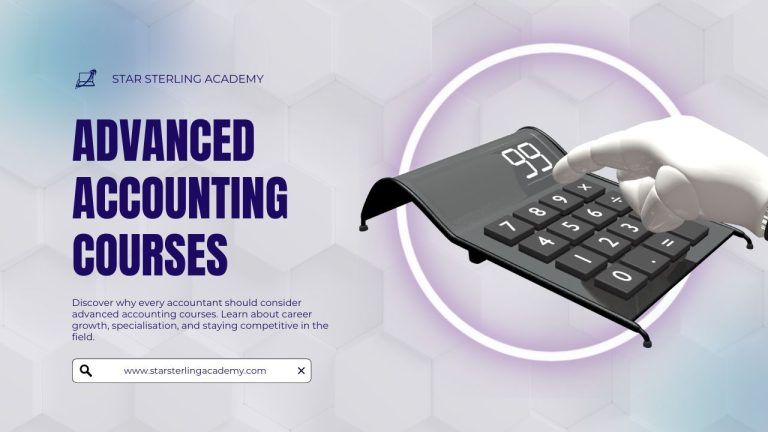What Is a Personal Tax Return?
A personal tax return—also known as a Self Assessment tax return—is a form submitted to HMRC to report income that is not taxed through PAYE. This applies to individuals who have additional income sources or specific financial situations. You may need to file a HMRC personal tax return if you are:
- Self-employed or a freelancer
- A landlord earning rental income
- A company director (unless taxed entirely via PAYE)
- Earning over £100,000 per year
- Receiving foreign income
- Earning significant income from investments, dividends, or crypto assets
Unlike PAYE, where tax is automatically deducted, individuals who submit a personal tax return must calculate their own tax liabilities and pay any due amount to HMRC.
What Is PAYE?
PAYE (Pay As You Earn) is the system used by HMRC to collect income tax and National Insurance (NI) directly from an employee’s salary. If you are employed, your employer will deduct tax and NI from your wages before you receive your paycheck. The key features of PAYE include:
- Automatic tax deductions: Your employer calculates and deducts the correct amount of tax each month.
- No need for manual tax filing: Since taxes are deducted automatically, most PAYE employees don’t need to file a personal tax return.
- Tax codes determine deductions: HMRC assigns tax codes to employees, which dictate how much tax is deducted.
PAYE is designed to make tax collection straightforward for employees, ensuring that most people pay the right amount of tax throughout the year.
What Is PAYE?
PAYE (Pay As You Earn) is the system used by HMRC to collect income tax and National Insurance (NI) directly from an employee’s salary. If you are employed, your employer will deduct tax and NI from your wages before you receive your paycheck. The key features of PAYE include:
- Automatic tax deductions: Your employer calculates and deducts the correct amount of tax each month.
- No need for manual tax filing: Since taxes are deducted automatically, most PAYE employees don’t need to file a personal tax return.
- Tax codes determine deductions: HMRC assigns tax codes to employees, which dictate how much tax is deducted.
PAYE is designed to make tax collection straightforward for employees, ensuring that most people pay the right amount of tax throughout the year.
Personal Tax Returns vs PAYE: Key Differences
| Feature | PAYE | Personal Tax Return |
| Who uses it? | Employees receiving a salary from an employer | Self-employed individuals, landlords, high earners, and company directors |
| How tax is paid? | Automatically deducted from salary | Paid manually after filing a tax return |
| Filing required? | No, unless underpaid tax needs correction | Yes, must file with HMRC annually |
| Software needed? | No software required | Personal tax return software can help with filing |
| Deadline | Tax deducted every payday | 31st January (online submission) |
Should You Use Personal Tax Return Software?
If you are required to file a HMRC personal tax return, using personal tax return software can simplify the process. These tools help you:
- Calculate tax liabilities automatically
- Submit returns directly to HMRC
- Avoid penalties for late filing
- Ensure accuracy and compliance
Some popular personal tax return software options include Xero, QuickBooks, and TaxCalc. Choosing the right software depends on your income sources and complexity of your finances.
Learn to Manage Personal Tax Returns with Star Sterling Academy
If you’re looking to gain practical skills in tax filing, Star Sterling Academy offers online personal tax practical training courses. These courses are designed to help individuals, business owners, and aspiring accountants understand how to:
- Accurately file HMRC personal tax returns
- Use personal tax return software effectively
- Stay compliant with UK tax regulations
- Maximize tax efficiency and avoid penalties
Whether you’re self-employed, handling tax returns for clients, or just want to improve your financial knowledge, our expert-led training will give you the confidence to navigate the tax system with ease.
Final Thoughts
Whether you pay tax through PAYE or need to file a personal tax return, staying informed about HMRC requirements is crucial. PAYE offers convenience for employees, while a personal tax return provides flexibility for self-employed individuals and those with additional income. If you’re unsure about your tax obligations, consulting a tax professional or using personal tax return software can help you navigate the process with ease.




